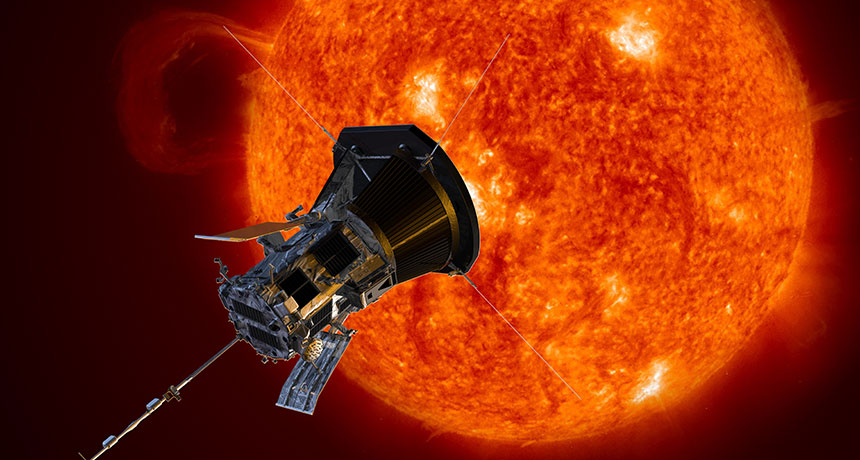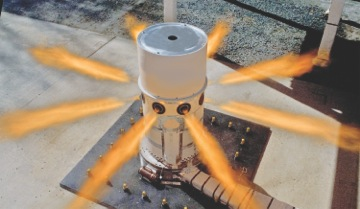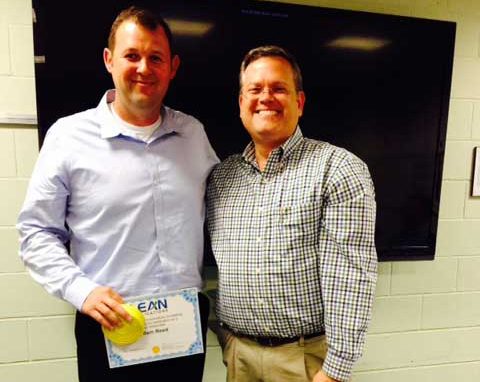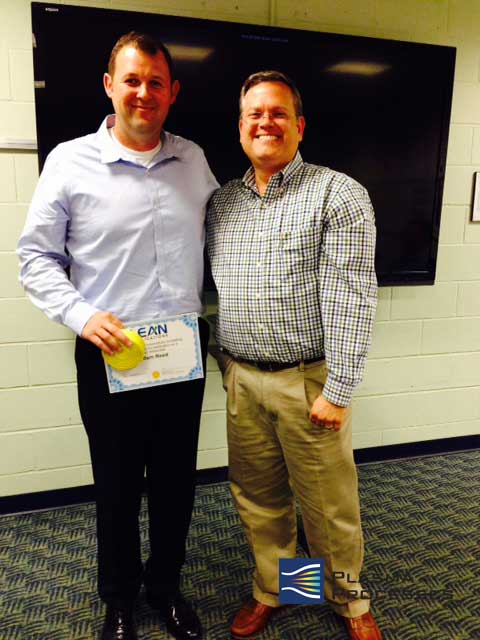Huntsville’s Plasma Processes is a Leader in the Hottest of Industries
Right this moment there are 1,100 satellites orbiting the earth. A dozen of them carry parts made by one Huntsville Company, Plasma Processes. These aren’t just any parts. “It’s a whole revolution in the way satellites are being made and flown now,” said Tim McKechnie, the President of Plasma Processes.

The revolution Tim is talking about actually grew out of work on the Space Shuttle. It’s all about using something called plasma. “Plasma is hot ionized gas. So the sun, stars…they’re plasma. We generate a plasma that is 10,000 degrees, and because that’s so hot, we can melt any material,” said Tim.
Plasma can be used to make everything from specialized rocket nozzles to the protective coating on the outside of the recently launched Parker Solar Probe. The processes though are highly specialized, and the equipment costs millions of dollars.
The work is something to make a materials engineer smile. “Tungsten, rhenium, moly, niobium….these are materials that are materials for high-tech applications, extreme environments and so it’s really cool,” said Plasma Processes Engineer, Scott Odell.
Scott is working on a project for the Department of Energy to develop more resilient casings for nuclear power rods. It grew out of the disaster at the Fukushima nuclear plant in Japan. The plant was badly damaged by the earthquake and tsunami back in 2011. The goal is developing casings that can better withstand heat in the event of a cooling system failure.
Of course, the projects that really resonate in the Rocket City are the ones that deal with space.  It’s an expensive environment where a small heat-resistant rocket nozzle smaller than an ink pen can cost 1,000’s of dollars.
It’s an expensive environment where a small heat-resistant rocket nozzle smaller than an ink pen can cost 1,000’s of dollars.
The highly technical, exotic and expensive work at Plasma Processes can actually be a space money saver. “Well, it enables them to go faster, to burn engines hotter and more efficiently so they can put more payload into orbit. It allows them to manufacture things cheaper,” said Tim McKechnie. He added this, “Our folks are really proud that they’re contributing to commercial satellite business that’s up there and constellations that are being launched.”
What Plasma Processes does is nearly unique to Alabama, and rare across the country. A great sign, business for what this company does, is booming.
“Courtesy of WHNT19 News”




